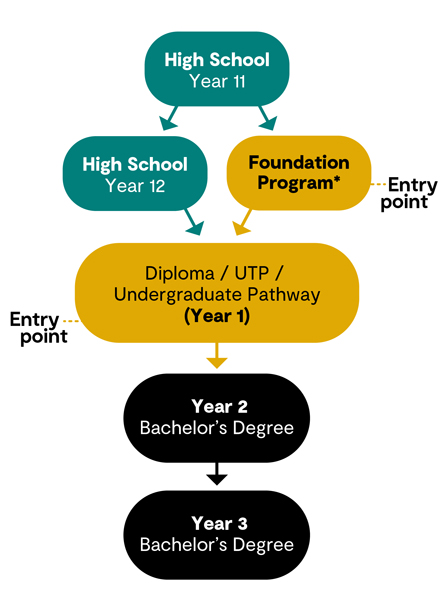Understanding the Impact of Dept of Education Loans on Your Financial Future
Guide or Summary:Dept of Education LoansTypes of Dept of Education LoansApplication Process for Dept of Education LoansRepayment of Dept of Education LoansC……
Guide or Summary:
- Dept of Education Loans
- Types of Dept of Education Loans
- Application Process for Dept of Education Loans
- Repayment of Dept of Education Loans
- Consequences of Defaulting on Dept of Education Loans
Dept of Education Loans
The **Dept of Education Loans** play a crucial role in providing financial assistance to students pursuing higher education in the United States. These loans are designed to help cover the costs of tuition, fees, books, and living expenses, making it possible for millions of students to achieve their academic goals. However, understanding the implications of these loans is essential for making informed decisions about your financial future.
Types of Dept of Education Loans
There are several types of loans offered by the Department of Education, each with its own terms and conditions. The most common types include:
1. **Federal Direct Subsidized Loans**: These loans are available to undergraduate students who demonstrate financial need. The government pays the interest while the student is in school, during the grace period, and during deferment.
2. **Federal Direct Unsubsidized Loans**: Unlike subsidized loans, these are available to both undergraduate and graduate students, regardless of financial need. Interest starts accruing as soon as the loan is disbursed.
3. **Federal Direct PLUS Loans**: These loans are available to graduate students and parents of dependent undergraduate students. They require a credit check and typically have higher interest rates.

4. **Federal Perkins Loans**: Although no longer offered, these loans were available to students with exceptional financial need and had a low interest rate.
Application Process for Dept of Education Loans
To apply for **Dept of Education Loans**, students must complete the Free Application for Federal Student Aid (FAFSA). This form collects financial information to determine eligibility for federal student aid. The application process is straightforward but requires careful attention to detail.
After submitting the FAFSA, students will receive a Student Aid Report (SAR) that summarizes their financial information. Based on this report, schools will determine the types and amounts of loans the student is eligible for. Once accepted, students must complete loan entrance counseling and sign a Master Promissory Note (MPN) before receiving funds.
Repayment of Dept of Education Loans
Repaying **Dept of Education Loans** can be a daunting task, but understanding the repayment options can alleviate some of the stress. There are several repayment plans available, including:

1. **Standard Repayment Plan**: Fixed monthly payments over a 10-year period.
2. **Graduated Repayment Plan**: Payments start lower and gradually increase over time, also within a 10-year term.
3. **Extended Repayment Plan**: Allows for a longer repayment period, up to 25 years, with fixed or graduated payments.
4. **Income-Driven Repayment Plans**: Payments are based on the borrower’s income and family size, making it easier to manage payments during financial hardship.

It's important to stay informed about your repayment options and to communicate with your loan servicer if you encounter difficulties.
Consequences of Defaulting on Dept of Education Loans
Defaulting on **Dept of Education Loans** can have severe consequences, including damage to your credit score, wage garnishment, and loss of eligibility for future financial aid. It’s crucial to take proactive steps to avoid default, such as enrolling in an income-driven repayment plan or seeking deferment or forbearance if you're facing financial challenges.
In summary, **Dept of Education Loans** are a vital resource for students seeking higher education. Understanding the types of loans, the application process, repayment options, and the consequences of defaulting can empower you to make informed decisions about your financial future. Always stay proactive and seek assistance if needed, as education is an investment in your future.